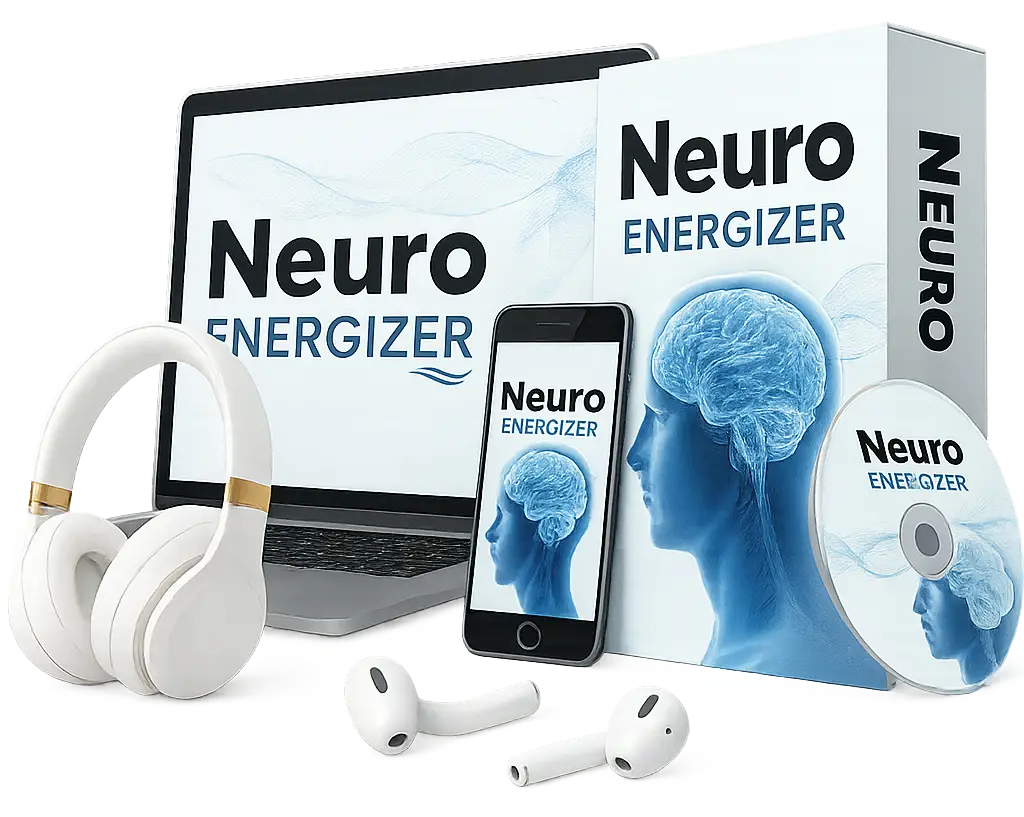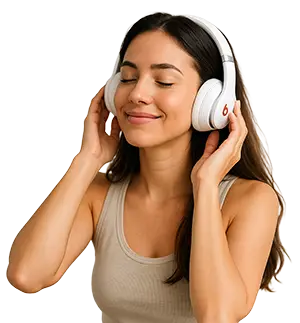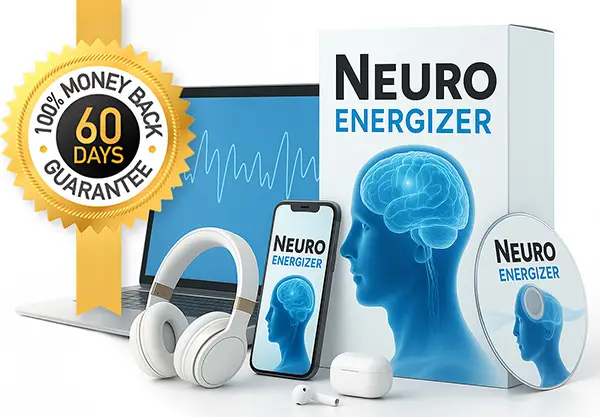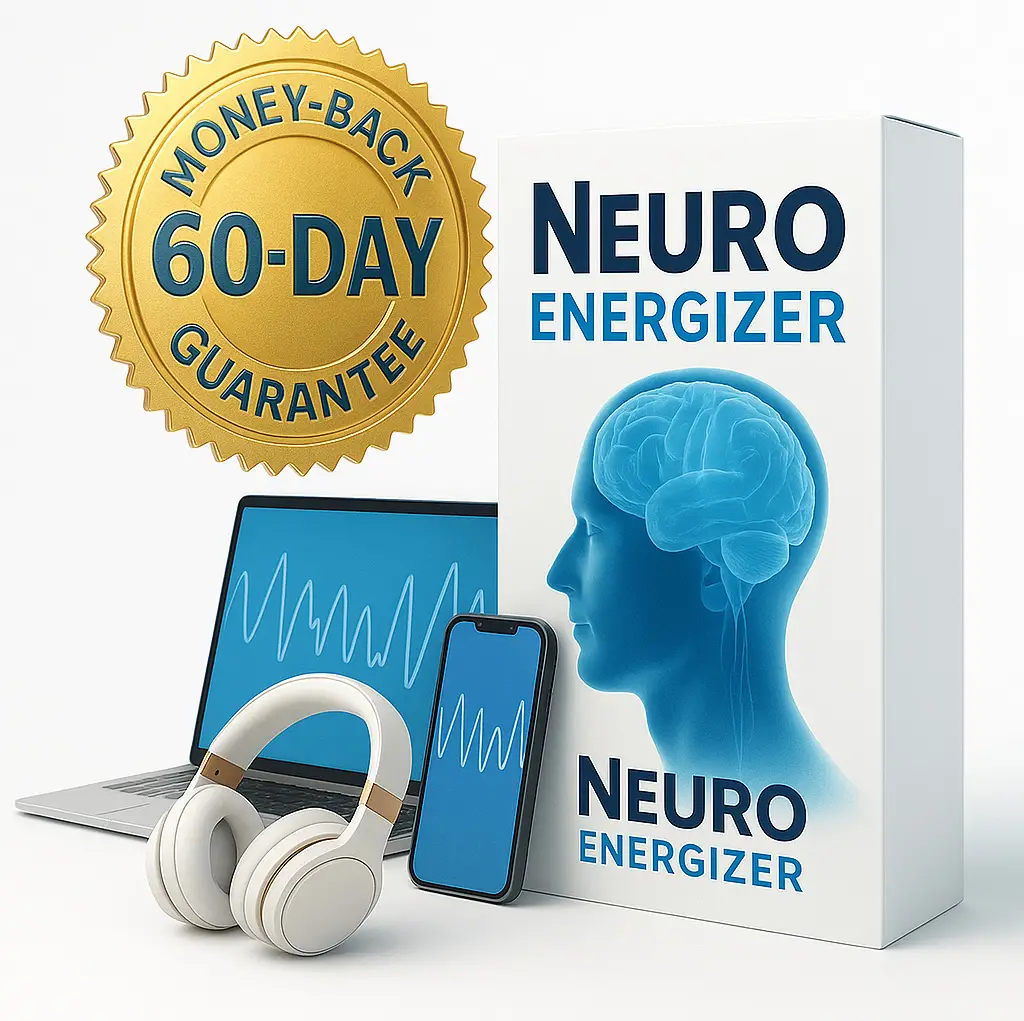Activate Your Neuro Energizer

Get started right away — your access link will be in your inbox within minutes of purchase!

One-time payment • Instant access after checkout
-
bolt
Instant access
Start in under 2 minutes
-
library_add
Quick-start bonuses
Guides & extras included
-

60-day money-back guarantee
Try it risk-free—full refund if not thrilled



Feel 100% Confident — You’re Fully Protected
When you try Neuro Energizer, your satisfaction is our top priority. That’s why your order is completely protected for a full 60 days.
-
check_circle
60 full days to experience the benefits: take two months to feel the difference.
-
check_circle
No-hassle, risk-free trial: not thrilled at any point? Contact support—no hoops.
-
check_circle
100% money-back guarantee: get every penny back—no questions, no hard feelings.
This means there’s absolutely zero risk to you.
shopping_cart Order Now — Get Instant Access